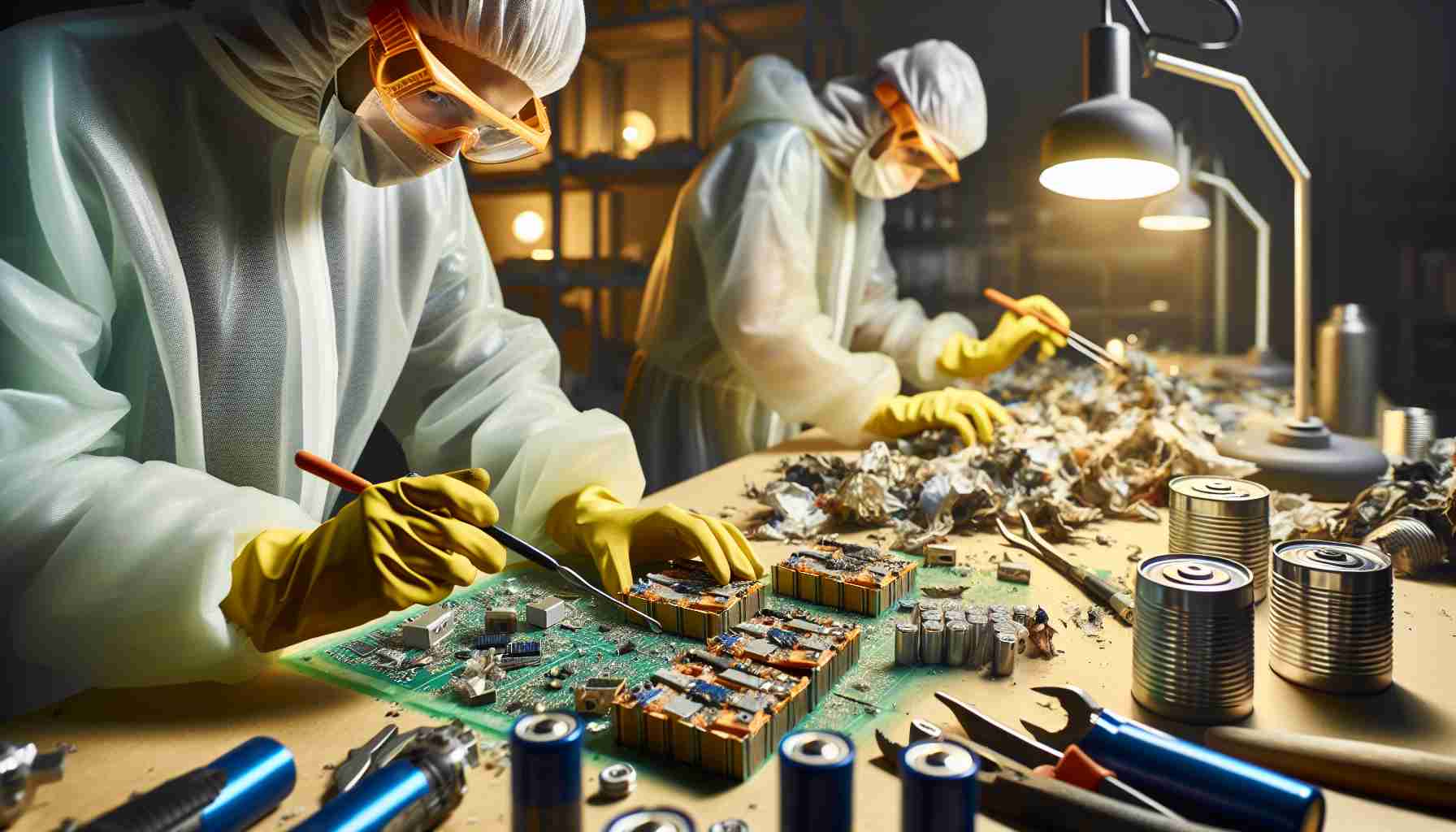Innovative Engineering from a Home Garage
In the realm of innovation, big companies often grab the spotlight, but sometimes, a creative individual can make waves from their garage. Such is the story of Chris Doel, an engineer and YouTuber who has crafted a high-capacity electric bike battery using discarded materials.
As companies focus on recycling and resource recovery, Doel’s project exemplifies this growing trend. He adeptly transformed the components from 130 discarded vape devices, yielding a battery with impressive efficacy. Instead of relying on expensive materials, Doel utilized what many would label as junk to create his innovative solution.
Leveraging his engineering background, he manually constructed parts and incorporated 3D printing for components he couldn’t salvage. The impressive outcome is a 48-volt battery that powered his electric bike for an astonishing 33 kilometers without manual pedaling.
While many electric bikes on the market boast ranges over 100 kilometers, Doel’s achievement highlights the potential for cost-effective and eco-friendly alternatives. With a development budget of just a few hundred pounds, his DIY battery challenges the typical high costs of electric vehicle components. Notably, Doel’s creation is designed for around 300 charge cycles, in stark contrast to the single-use limitations of commercial vape products.
Chris Doel’s journey showcases the power of innovation, encouraging a shift towards sustainable practices in everyday life as resource scarcity looms on the horizon.
Revolutionary Garage Innovations: Chris Doel’s Eco-Friendly Electric Bike Battery
In a world dominated by corporate innovations, independent creators often bring forth groundbreaking ideas from unexpected places, such as their home garages. Chris Doel, an engineer and YouTuber, exemplifies this trend through his remarkable achievement: creating a high-capacity electric bike battery using discarded materials.
Features of Doel’s Battery
– Source Materials: Doel skillfully repurposed components from 130 abandoned vape devices, spotlighting the potential of upcycling in engineering.
– Specifications: The custom-built battery operates at 48 volts, demonstrating a practical application of reclaimed technology.
– Performance: This DIY battery enabled Doel’s electric bike to travel an impressive 33 kilometers without any manual pedaling, showcasing its efficacy.
Pros and Cons of DIY Electric Bike Batteries
Pros:
– Cost-Effective: With a development budget of just a few hundred pounds, Doel’s invention starkly contrasts with the high prices of commercial battery options.
– Sustainability: By reusing materials that would typically be discarded, Doel contributes significantly to reducing electronic waste.
– Customizability: DIY solutions allow for personalized adaptations and functionalities to meet individual user needs.
Cons:
– Limited Charge Cycles: Although designed for around 300 charge cycles, this is still lower than some high-end commercial batteries which can support more extensive usage.
– Technical Skills Required: Creating a battery from scratch requires a level of expertise in both engineering and safety precautions.
Use Cases and Market Trends
Doel’s project sits at the intersection of growing demands for sustainable technology and increased consumer interest in DIY solutions. As electric bike sales continue to soar, more cycling enthusiasts are looking for affordable alternatives. This DIY approach appeals both to budget-conscious consumers and eco-conscious individuals, inspiring a trend toward sustainable DIY projects in the tech community.
Insights on Sustainability in Engineering
Doel’s innovative use of waste materials aligns perfectly with the broader industry trend of emphasizing sustainability. As resource scarcity becomes a critical issue, many engineers and inventors are pivoting towards using recycled components. This shift not only addresses environmental concerns but also offers the possibility of reducing costs significantly.
Innovations in Electric Vehicle Technology
The movement toward innovative, eco-friendly alternatives in electric vehicle technology is gaining momentum. As individual creators like Chris Doel gain recognition, we can anticipate a rise in similar projects promoting sustainability. These innovations may inspire collaborations between enthusiasts and professionals, bridging the gap between garage engineering and mainstream technology.
Predictions for the Future
As awareness of electronic waste grows and the demand for sustainable solutions intensifies, it’s reasonable to predict that more engineers will embrace a DIY approach amidst rising costs in the traditional market. This trend could lead to broader acceptance of recycled materials in high-tech applications, ultimately fostering a culture of sustainability in engineering and beyond.
For further insights into innovations in electric vehicle technology and sustainable practices, you can visit Energy Saving Trust.













